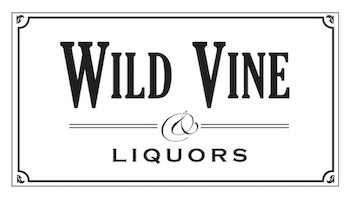Before DNA fingerprinting, ampelographers could only rely on the physical qualities to differentiate grapes. With far-flung production areas and multiple clones of single grapes, varietals were often misidentified. One example is the story of Charbono aka Bonarda. In the New World, it was mistaken for Barbera, Bonarda Piemontese, and Croatina. Others believed it was Dolcetto. The California mega-winery, Inglenook, even bottled it as Barbera, which went on to win several awards. However, after DNA research, it turns out that Argentine Bonarda is actually Charbonneau from the Savoie region of France. Although it has a multitude of names in many European countries (Alcantino, Blaue Gansfuesser, Bourdon Noir, Corbeau, Douce Noire, Folle Noire d L'Ariege, Grenoblois, and Turca), this grape is currently grown mainly in California as Charbono and in Argentina as Bonarda. Despite the push by Argentine winemakers, Bonarda has failed to capture the taste buds of Americans and become the next big thing. In fact, less and less Bonarda is imported to the USA, but we still appreciate this juicy little purple grape.
